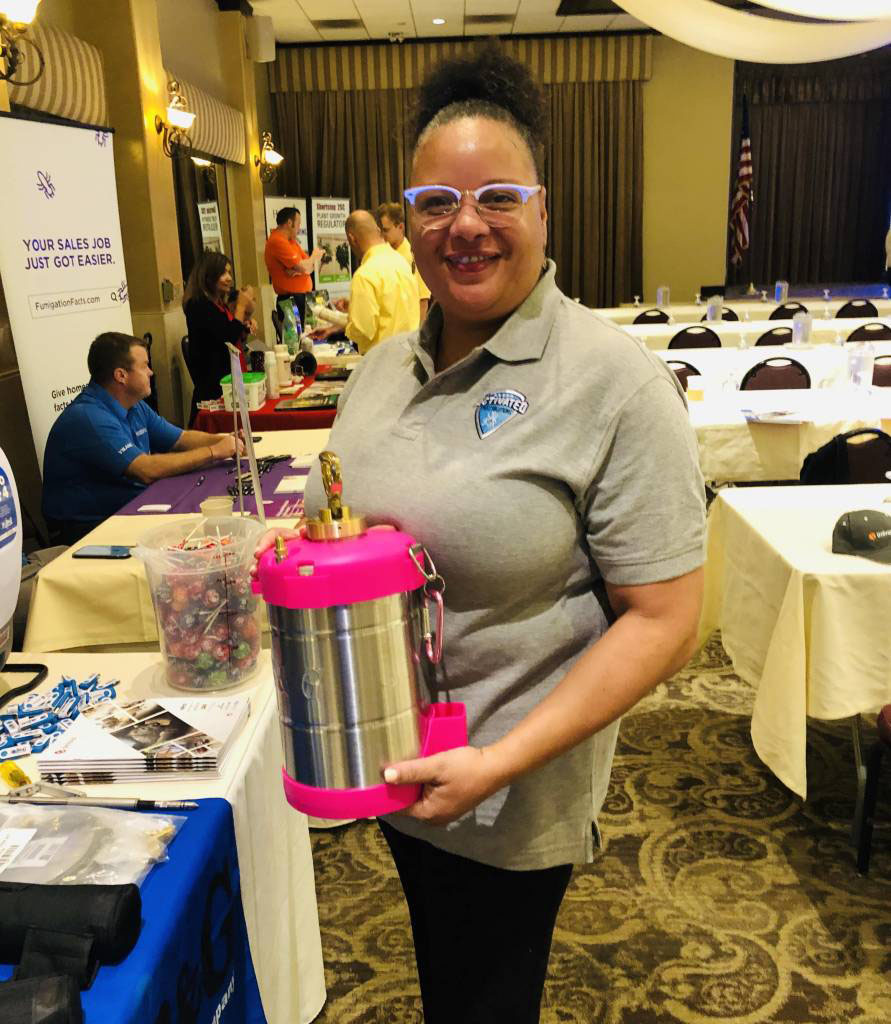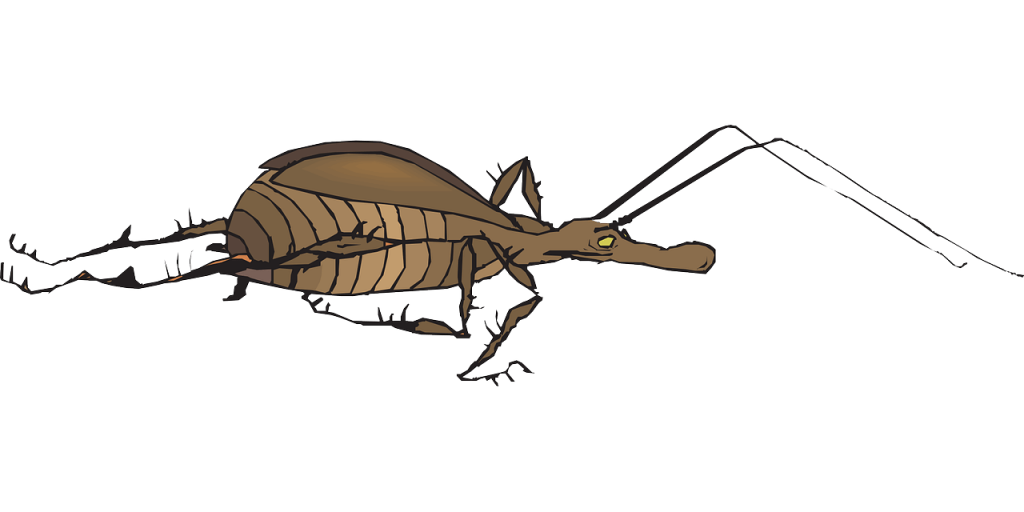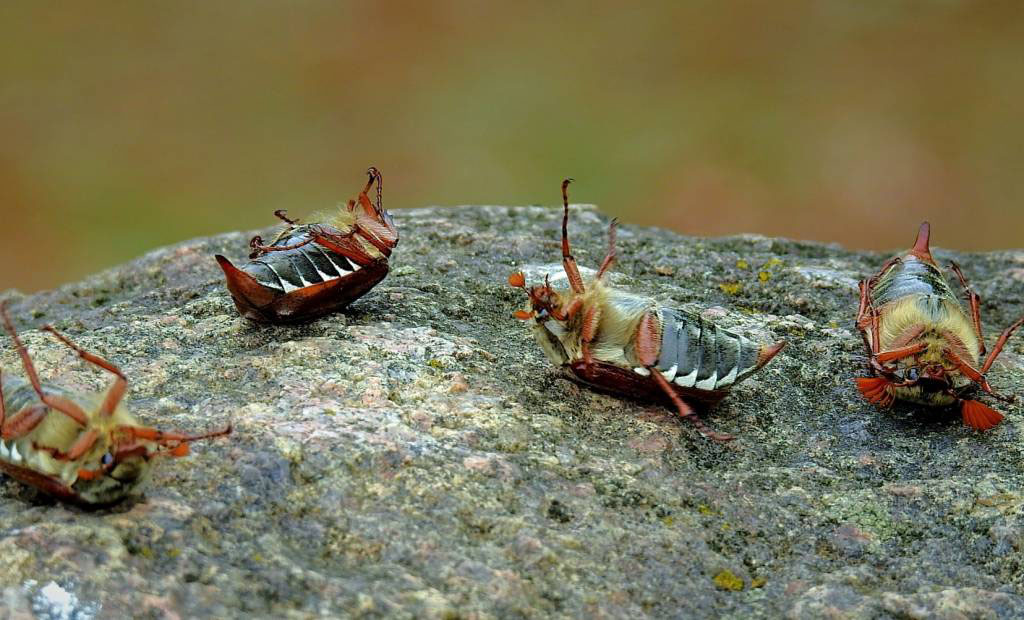Bed Bug Exterminator in Menifee, CA
If you suspect a bed bug infestation, don’t hesitate to call our experienced bed bug exterminator team for fast, effective, and affordable bed bug treatment solutions in Menifee, CA.
Bed bugs are one of the peskiest pests we ever have to deal with at Activated Pest Solutions Inc. These bloodsuckers invade your home and can find refuge in your bed and other furniture. They only come out at night and prefer human hosts. The bites they leave have a certain order to them, and the only sign of infestation might be rusty flecks left in the crevices of your mattress, which are remnants of the insects’ blood-tinged droppings.
Professional Bed Bug Exterminator Services
If you suspect you have a bed bug infestation, it is important to act quickly. Once they have found a way inside your home and set up shop, it is very difficult to get rid of all the bugs, their eggs, and their young. Activated Pest Solutions Inc can help to EXECUTE your pest problem quickly. We offer comprehensive bed bug extermination services that include bed bug inspection, treatment, and prevention. Our team of experienced exterminators uses the latest techniques and technologies to eliminate bed bugs and prevent future infestations.

Effective Bed Bug Extermination Methods: Treatment Options by a Professional Bed Bug Exterminator
Activated Pest Solutions Inc offers a variety of bed bug treatment options to suit the needs of our customers. Our experienced exterminators will work with you to determine the best treatment plan based on the severity of your infestation, the location of the bed bugs, and your personal preferences.
- Bed Bug Heat Treatment: This method involves using high temperatures to kill bed bugs and their eggs. Our team will use specialized equipment to heat your home or business to a temperature that is lethal to bed bugs. This method is extremely effective and can eliminate an entire infestation in a single treatment.
- Bed Bug Chemical Treatment: Our exterminators may also use chemical treatments to eradicate bed bugs. We use safe and effective insecticides that are specifically formulated for bed bug extermination. Depending on the severity of the infestation, multiple treatments may be necessary.
- Integrated Pest Management: This approach combines several methods of bed bug extermination, including heat treatment, chemical treatment, and preventative measures. It is a comprehensive approach that is tailored to each individual situation.
- Vacuuming: Our team may also use industrial-strength vacuums to remove bed bugs and their eggs from carpets, furniture, and other surfaces. This method is often used in conjunction with other treatment options.
What Do Bed Bugs Look Like?
Bed bugs are tiny and measure only about an eighth of an inch in length. They have a reddish-brown color, and their bodies are oval-shaped and flat. Their small size allows the insects to hide within the confines of your bed, clothing, and furniture. Aside from being excellent hiders, bed bugs are quite frequent travelers. Bed bugs can enter your home by hopping a ride on your clothing or inside your luggage, which is one of the reasons these pests are prevalent in hotels.
Signs of Bed Bug Infestation
If you think you have a bed bug infestation, here are some common signs to look out for:
- Bites: Bed bug bites are usually small, red, and itchy. They often appear in a line or cluster on the skin and can be mistaken for other insect bites or rashes.
- Bloodstains: Bed bugs feed on human blood, which can leave behind bloodstains on your sheets, pillowcases, or clothing. The stains are usually small and rust-colored.
- Fecal matter: Bed bugs excrete fecal matter that looks like tiny black specks or smears on your mattress, sheets, or walls. The fecal matter may also have a sweet, musty odor.
- Shed skins: As bed bugs grow and molt, they shed their skins, which can also be found in your bedding or on your mattress.
- Live bugs: In some cases, you may be able to spot live bed bugs on your mattress, box spring, or other furniture.
You Don’t Have to be Dirty to Have Bed Bugs!
It is a misconception that only people who keep an unclean home get bed bugs. You could have a very clean home, but bed bugs can still find a way to inhabit your mattress if you carry one home in your clothes from work or while on a trip locally or abroad.
Believe it or not, bed bugs were almost eradicated in the mid-20th century, mostly due to long-lasting and highly effective (though also highly toxic) pesticides like DDT. However, after WWII, air travel became more popular, and pesticides became more regulated, leading to an explosion in bed bug populations. The problem has become so bad that bed bug numbers double every year across the United States, and Menifee and the surrounding areas are no exception.

Bed Bug Life Cycle and Egg Production
A female bed bug can lay up to five eggs a day and up to five hundred during her entire lifespan. The eggs are white in color and incredibly small (about the size of a speck of dust). Once they are laid, the female will pack the eggs into cracks and crevices with a sticky glue-like material.
Once hatched, the nymphs will shed their skins five times before reaching adulthood. The nymphs require a blood-feeding each time they molt. Under favorable conditions, a bed bug nymph can develop fully within a month and produce as much as three or more generations per year.
Once bed bugs begin breeding, they speed up and hardly slow down. In fact, a population of bed bugs can reproduce exponentially, which means that early detection is the best and fastest way to get them eradicated from your home.
How Do Bed Bugs Bite and Feed?
Bed bugs will hide during the day and only come out at night to feed. You may have bed bugs hiding in your clothing, luggage, couches, and beds. Their flattened bodies let them hide in the unlikeliest of places. The insects don’t keep nests like other bugs. Instead, bed bugs like to live in small groups, and their likeliest hiding places are in your mattress, box spring, and bed frame.
Bed bugs cannot fly but move quickly over your walls and floors, and across your ceiling. When they find a host, such as you sleeping in your bed, the bed bugs will begin to feed. They pierce human skin and withdraw blood through an elongated beak. The feeding will take about three to ten minutes before the bed bug is engorged. The bug will then crawl away unnoticed.

Bed bug bites are painless initially, and, fortunately, the insects are not known for spreading disease. Later, the bites can turn into itchy welts. You can find bites on any area of skin that is exposed while asleep.
The bites can resemble flea and mosquito bites but are quite characteristic on their own. For one, bed bug bites don’t have a red dot in the middle like flea bites. The insects also tend to leave several welts that have a particular order to them, while mosquitoes tend to bite just a single time.
You can also identify bed bug bites by bloodstains on your pillowcase or rusty spots on your sheets, mattresses, and bedclothes.
If you look closely around your mattress and box spring, you might also notice reddish fecal spots, eggshells, or even discarded skins where the bed bugs hide. The insects also leave an offensive and musty odor from their scent glands.
5 Steps to Take If You Believe a Bed Bug Infestation
If you think you have an invasion of these blood-consuming insects, here are the steps to take.
- Clean Bedding: If you notice bed bugs hiding in your mattress, it is important to clean all bedding thoroughly. Depending on the extent of your infestation, you might also have to clean linens, curtains, and clothing. Wash everything in hot water and dry the items on the highest heat setting. In some cases, it helps to put stuffed animals, shoes, and other items that can’t be washed in the dryer on high for thirty minutes.
- Scrub & Vacuum: Take a stiff brush and scrub your mattress and bedding to remove any remaining bedbugs and their eggs. Then, vacuum your bed and surrounding areas several times, ensuring you empty the reservoir each time into an outside trash can.
- Encase Your Mattress & Box Spring: Take a tightly woven, zippered cover and encase your mattress and box spring inside. This keeps the insects from entering or escaping. Keep in mind that the insects can live for up to a year without feeding. This means that if you are going to cover your mattress, you will want to keep it on for a year to ensure all the bugs are dead.
- Keep Bed Bugs Out: Take a caulk gun and repair any holes or cracks in the plaster. While you’re at it, glue down any wallpaper that may be peeling to get rid of all of the insects’ hiding places.
- Keep a Clean Bedroom: Make sure you keep bedding off the floor and that you get rid of all the clutter around your bed. This prevents any bed bugs that are roaming around your room from getting into your bed, allowing them to feed on you while you slumber.
Trusted Bed Bug Control and Removal Services
Activated Pest Solutions Inc is a trusted bed bug exterminator that provides safe and effective services for bed bug control to homes and businesses in Riverside, Moreno Valley, Perris, Temecula, Murrietta, Lake Elsinore, San Bernardino, and Rialto. Our experienced team of bed bug exterminators uses the latest techniques and equipment to quickly and effectively eliminate bed bug infestations. We offer customized treatment plans that are tailored to meet your specific needs for bed bug pest control, taking into account the severity of the infestation, your budget, and your personal preferences.
Our safe and effective treatment options are designed for bed bug removal and to eliminate bed bugs without posing any risks to your family, pets, or the environment. We provide ongoing support and follow-up treatments as needed to ensure that your bed bug infestation is completely eradicated. By choosing Activated Pest Solutions Inc for your bed bug pest control needs, you can rest assured that you are getting the best possible service and support. Contact us today to schedule a consultation and take the first step towards a bed bug-free environment. Don’t let bed bugs take over your home or business, trust Activated Pest Solutions Inc for effective bed bug control, pest control and removal services.

